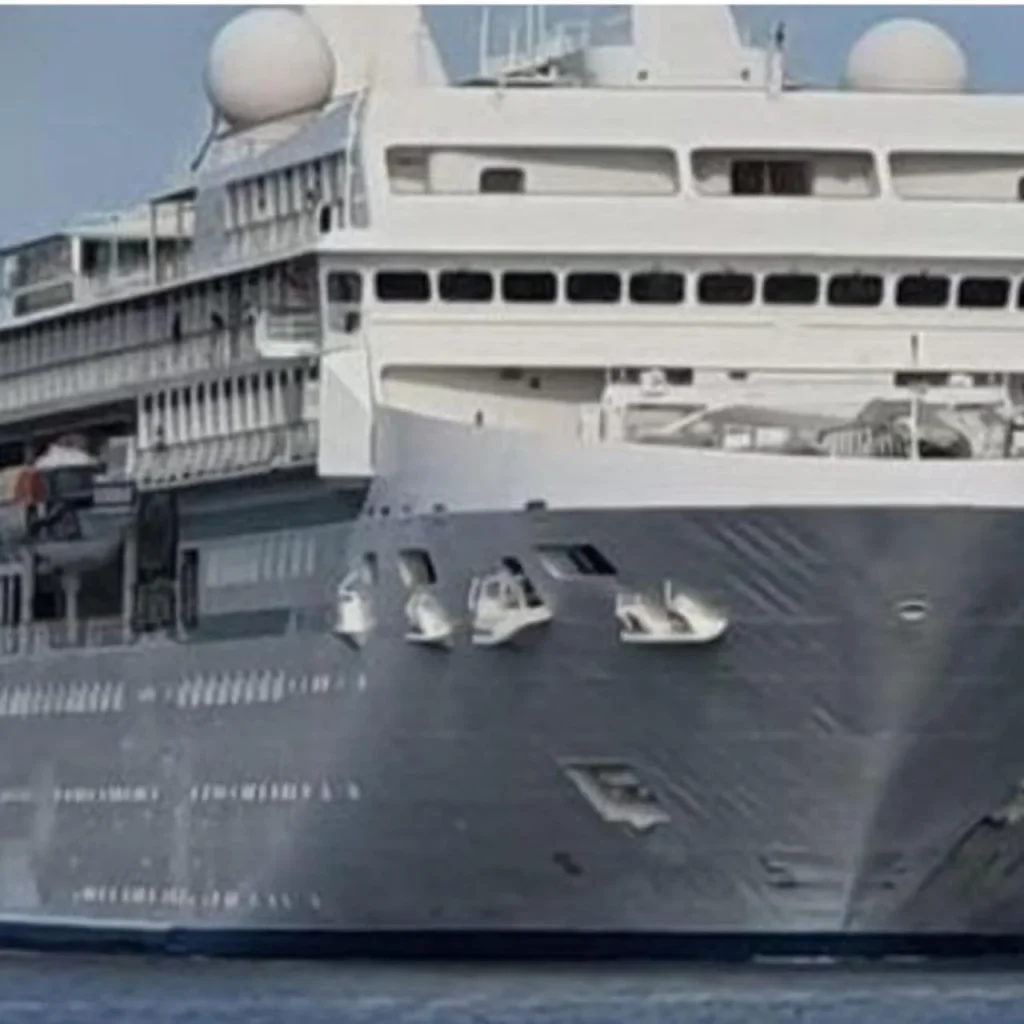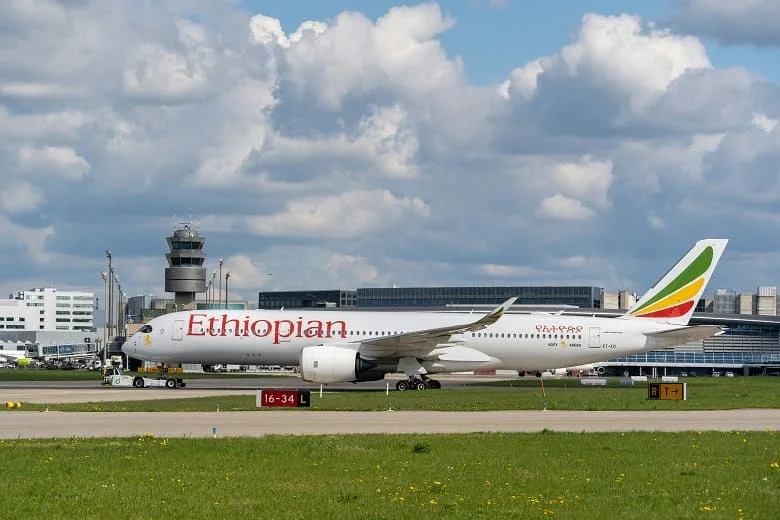On August 1, 2020, the Paul Gauguin, a 332-passenger cruise ship operated by Ponant’s Paul Gauguin Cruises, returned to Papeete, Tahiti, after a 22-year-old American female passenger tested positive for COVID-19.
The ship, sailing from Bora Bora to Rangiroa, turned back immediately, with 148 passengers and 192 crew confined to cabins, per. The passenger, asymptomatic, and her mother were quarantined ashore, while others tested negative, per.
Context of Reopened Tourism
French Polynesia reopened borders on July 15, 2020, allowing European and American tourists without quarantine but requiring a negative COVID-19 test within three days of departure and a self-test upon arrival, per.
The Paul Gauguin resumed local cruises on July 18 and international ones on July 29, with reduced capacity and health protocols, including onboard testing and no buffets, per,. The infected passenger’s self-test triggered the response, per.
French Polynesia’s Low Case Count
By August 2020, French Polynesia reported only 62 cases and no deaths, a stark contrast to global figures of 18 million cases and 687,000 deaths, per. The region’s tourism-dependent economy, with 20% of GDP from visitors, per World Bank, prompted the border reopening despite risks. Bora Bora’s two-day passenger mingling raised fears of community spread, though no local cases were confirmed, per.
Developments by August 2021
By August 2021, French Polynesia faced a Delta variant surge, with 23,000 cases and 150 deaths, per WHO. A two-week lockdown began August 23, per. Paul Gauguin Cruises paused operations, resuming in September with stricter protocols, including mandatory vaccinations, per. Only 30% of Polynesians were fully vaccinated, per, lagging behind Europe’s 60%, per WHO, due to COVAX delays, per.
Critical Analysis
The incident exposed flaws in French Polynesia’s tourism-driven reopening. Self-tests, with 20% false-negative rates, per, failed to catch the case before embarkation. Limited testing capacity (500 daily tests, per) hindered contact tracing. Economic pressure, with 30% unemployment post-lockdown, per World Bank, prioritized tourism over safety. The ship’s protocols, while strict, couldn’t prevent onboard transmission, mirroring Norway’s Roald Amundsen outbreak (36 cases), per. Global vaccine inequity, with 80% of doses in rich nations, per, left Polynesia vulnerable.
Path Forward
French Polynesia must enforce pre-arrival PCR tests, with 95% accuracy, per WHO, and expand testing to 2,000 daily, per. Vaccinating 70% of the population, as Fiji achieved, per WHO, is critical. Paul Gauguin Cruises should cap capacity at 50% and require crew boosters, per.
Community education, countering 25% vaccine hesitancy, per, can boost uptake. Without these, tourism-driven outbreaks risk 50,000 cases by 2022, per, threatening Polynesia’s $2 billion tourism sector, per World Bank.






